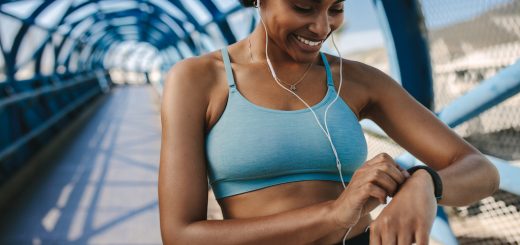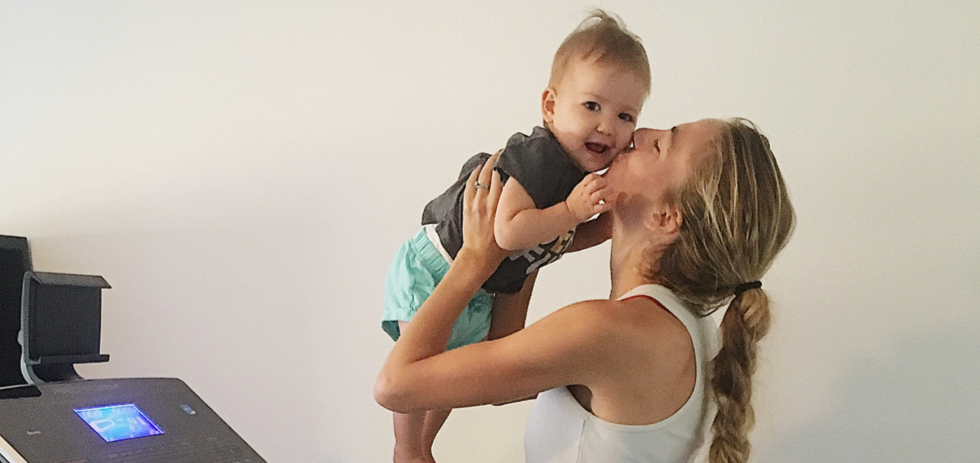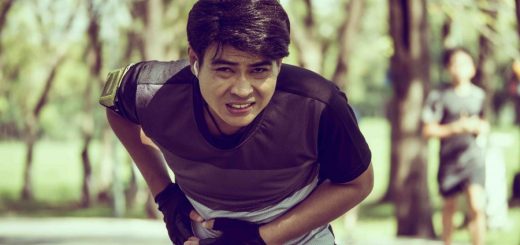Choosing My First Running Shoes
To enjoy myself, persevere and improve my running, I need a good pair of running shoes. How do I choose my first pair of running shoes, what criteria should I use, and what are the best styles to start with? I give myself every chance to run well, thanks to the advice of the #ProFormTeam!
Why Should I Buy a Good Pair of Running Shoes?
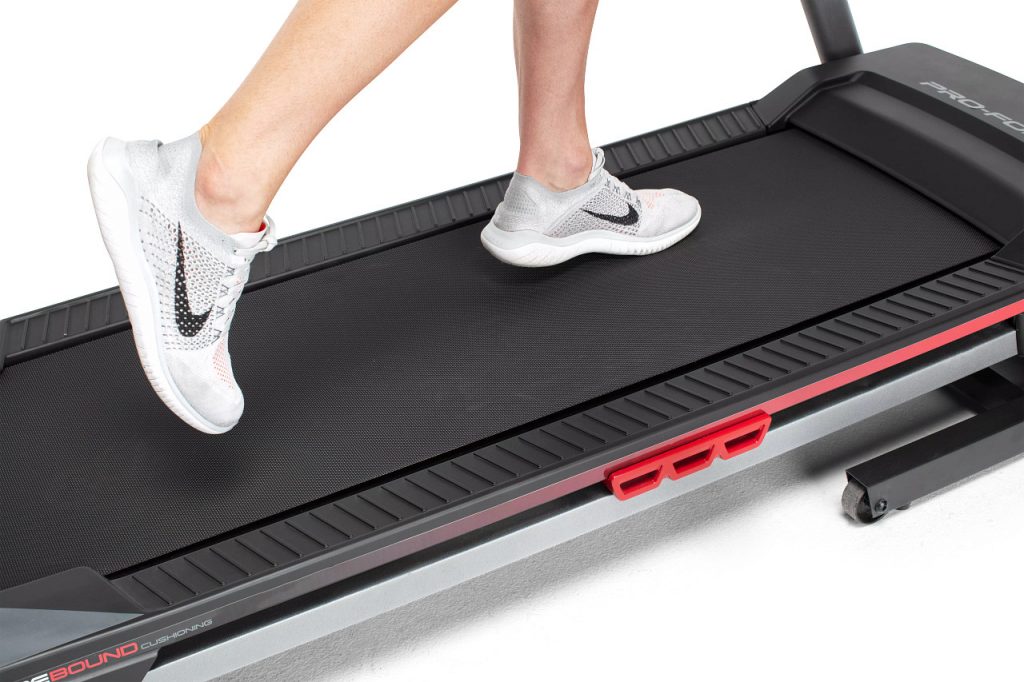
I can run without equipment, but I can’t do it without a good pair of shoes, specially designed for running. Because of this, I have many reasons to equip myself:
- For running comfort: with comfortable shoes, adapted to my foot shape and the way I stand, I can run for a long time and feel less tired during and after.
- To support my ankles: a good pair of shoes support my ankle joints while facilitating movement. I am less likely to sprain my ankle or develop tendonitis, even if I am running on high-impact paths or tracks.
- To protect my joints: the cushioning in running shoes helps to limit the impact on my ankles, knees or hips with each stride. This is especially important if I run on uneven ground.
- To have fun and progress faster: with light and airy shoes that promote an optimal stride by accompanying my foot’s natural movement during a run, I have fun doing sports and find that this is the best way to improve my performance!
How Do I Choose My First Pair of Running Shoes?
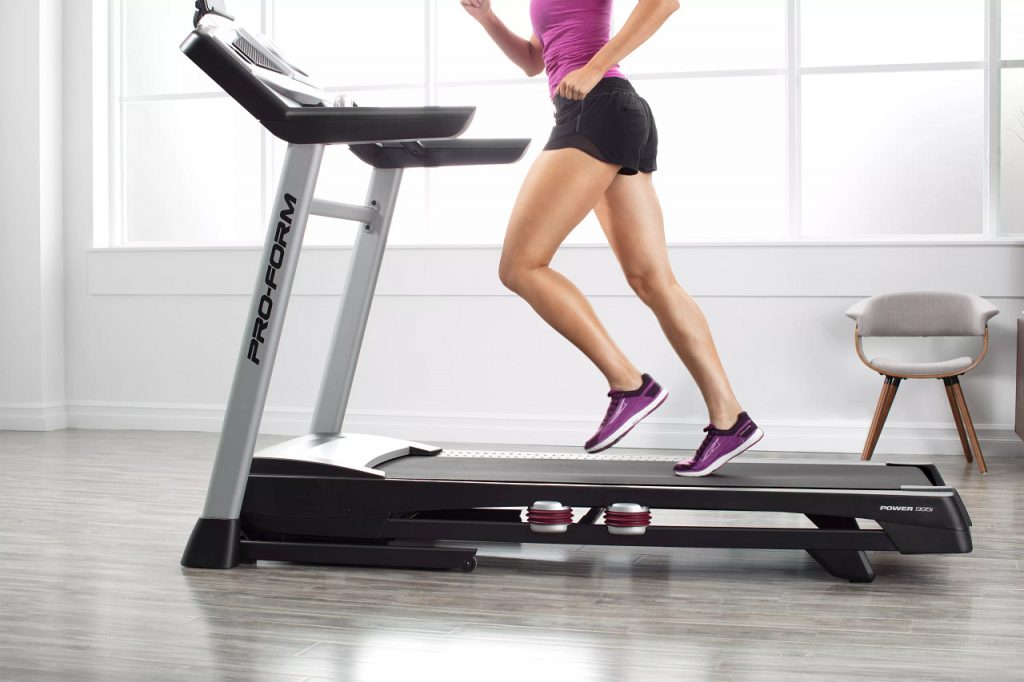
To sum up, here are the factors that help determine the ideal pair of running shoes for me:
- Comfort is my number one priority: I have to feel good in my first pair of running shoes as soon as I try them on! The quality of the inner lining is essential, as is the shape of the shoe. I choose the size carefully, taking advantage of the fact that athletic shoes often come in quarters or half sizes.
- My body type: depending on my height and weight, I won’t necessarily choose the same pair of shoes for running. To ensure I have good support and protect my back and joints, I seek advice from a specialist retailer if necessary and read the manufacturers’ recommendations carefully.
- My stride type: some people run on the outside of their foot (supinator stride), others on the inside (pronator stride). To find out if this applies to me, I look at the places where my current shoes’ soles wear out. If in doubt, I opt for a universal model, which corresponds to all types of runners.
- The terrain I run on: I don’t choose the same shoe model if I train on a treadmill, outdoors, or if I run on tarmac or steep paths. The grip, waterproofing and weight of the shoes vary according to the terrain. If I run both outdoors and on mats, I make a point of buying two different pairs.
The Top 5 Running Shoes
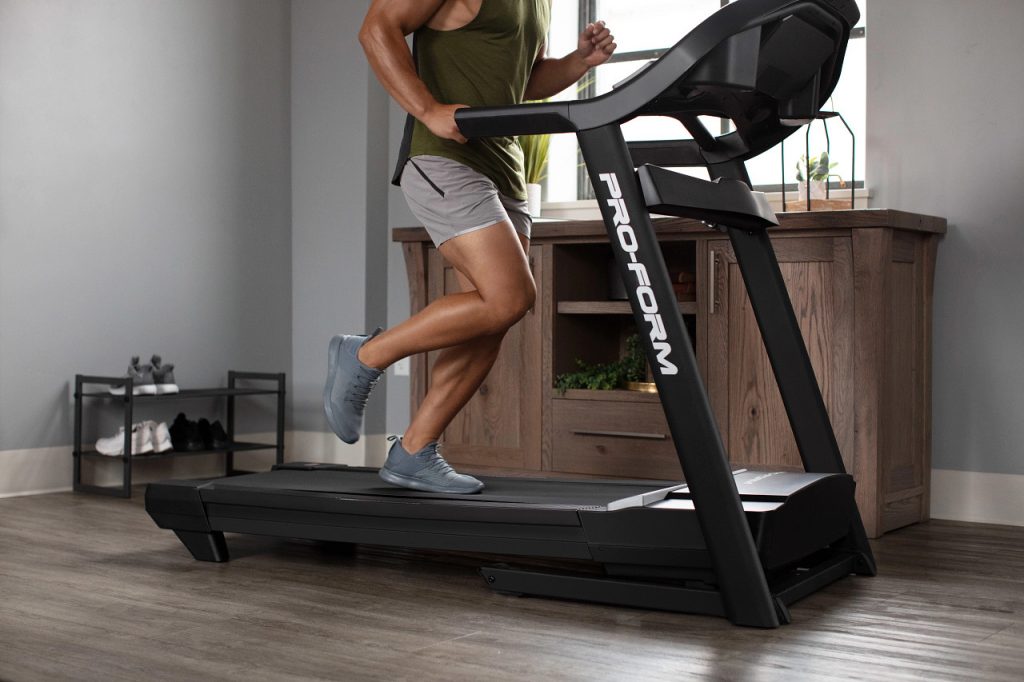
The latest running shoes all offer advanced performance and are available for different budgets. For my first pair of shoes, I opt for all-rounders that have proven their worth to many runners. This way, I can save up for more technical shoes later on when my goals are more clearly defined and I know myself and the way I train better. Here is the #ProFormTeam’s selection of the leading models on the market:
- The most versatile – Nike Air Zoom Pegasus: breathable, lightweight and very comfortable, they have been used by many different athletes of all levels!
- Flexible for a dynamic stride – Adidas Ultraboost 21: with a high-performance torsion system and excellent cushioning, they offer good energy return and superb comfort.
- Stability – Hoka One One Clifton: with their thick soles, they are very stable and ideal for long road runs without tiring.
- For a natural stride – Asics Gel-Nimbus 22: these long-distance running shoes are popular with many marathon runners. The gel technology protects the joints during every impact on the ground.
- Most popular – New Balance Fresh Foam 1080 V11: these versatile foam-soled shoes are an excellent choice for a good start to running.
